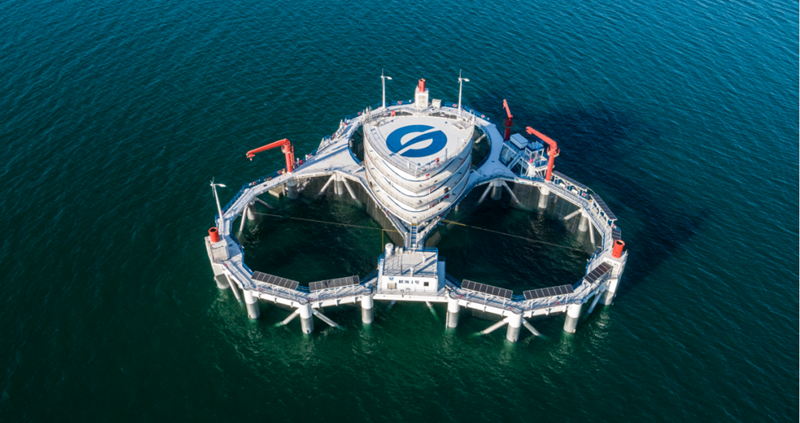Offshore aquaculture is a rapidly growing industry, with a global market value estimated to exceed $27 billion by 2025. As the demand for seafood increases, so does the need for sustainable and efficient methods of fish farming. One way to meet this demand is by expanding the use of offshore aquaculture.
When it comes to building offshore aquaculture infrastructure, the choice of materials is critical. The harsh marine environment, including saltwater, waves, and winds, places high demands on the durability and corrosion resistance of the materials used.

Aluminum is an ideal material for building offshore aquaculture infrastructure. Its unique combination of properties, including lightweight, high strength, corrosion resistance, and ease of fabrication, make it an excellent choice for the harsh marine environment. In addition, aluminum is a sustainable material with a high recycling rate and low carbon footprint.
Compared to traditional materials such as steel and concrete, aluminum offers significant advantages in terms of weight, ease of transportation, and installation. Aluminum structures are typically one-third the weight of steel structures, which makes them easier to transport and install, reducing the cost and time required for construction.

Moreover, aluminum has excellent corrosion resistance properties that make it ideal for use in the marine environment. Its resistance to corrosion means that it can withstand the harsh marine conditions, extending the life of the infrastructure and reducing maintenance costs.
In conclusion, aluminum should be the dominant material for building offshore aquaculture infrastructure due to its unique combination of properties, sustainability, and cost-effectiveness. As the demand for offshore aquaculture grows, aluminum will play an increasingly important role in the development of this industry.
